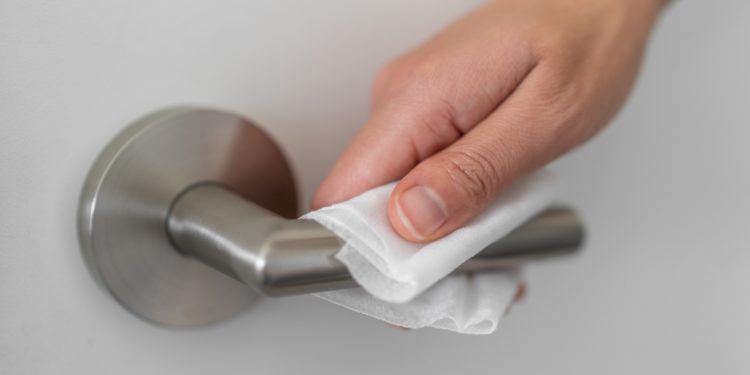Study: Thus, the temperature acts on the Coronavirus Transmission
It is known that the novel Coronavirus SARS-CoV-2 of human-to-human transferable, wherein the Transfer seems to be done mainly by droplet infection. However, the transfer surfaces are not excluded. Researchers have now investigated how long the pathogen on surfaces at different temperatures remains infectious.

Although some professionals in infection with the novel Coronavirus SARS-CoV-2 on surfaces as unlikely, but this infection is not exclude risk. Therefore, it is important to know how long the pathogen on surfaces, remains infectious. And also, whether and how the temperature affects the Virus.
Transfers via surfaces are not excluded
The infection with the novel Coronavirus probably happens mainly through droplets. Also aerosols in the breathing air seem to play a role. In addition, Transfers via surfaces are not excluded, especially in hospitals.
According to a statement of Ruhr-University Bochum (RUB) has investigated a Swiss-German research team, how long dried SARS-CoV-2-particles on surfaces at different temperatures remain infectious.
“Surprisingly, it is irrelevant whether it is very cold or very hot,” explains Prof. Dr. Stephanie Pfänder of the Department of Molecular and Medical Virology of the RUB. The study was published in the journal “Journal of Infection”.
The risk of infection drops in the first hour of strong
According to the report, the infectivity of the viruses decreased in the course of drying on metal plates within the first hour of the 100-fold.
In the following four to eight hours, the number of infectious particles decreased initially and then slowly more, but almost independent of the temperature.
The researchers found 180 hours, so about a week after the Application of the viruses, infectious particles to the metal samples.
At four degrees Celsius, the number of infectious virus particles was halved after about 13 hours, at room temperature after about nine hours and at 30 degrees Celsius to about 18 hours.
Potentially lower rate of infection in the summer
“So far, we had assumed that the temperature contributes to the fact that Sars-Cov-2 transfers in the summer, less good,” says Stephanie Pfänder.
“At least on the surface, the stability of the virus seems to be due to the different temperatures but is not affected.”
A potentially lower infection rate in the summer, but could be based on other factors such as UV radiation and humidity. (ad)
